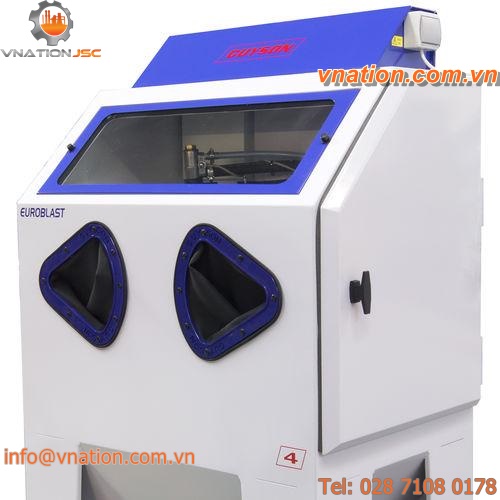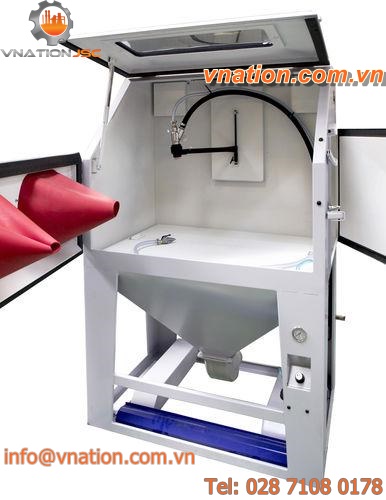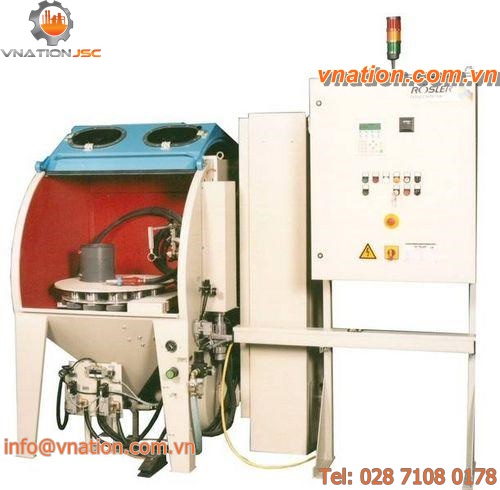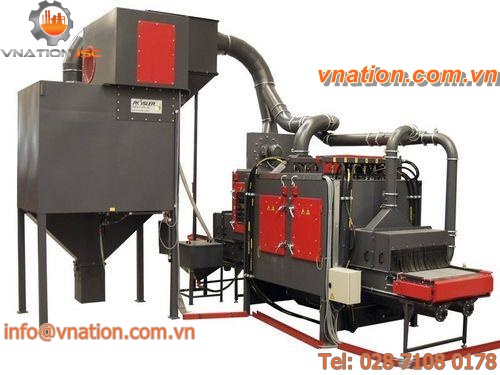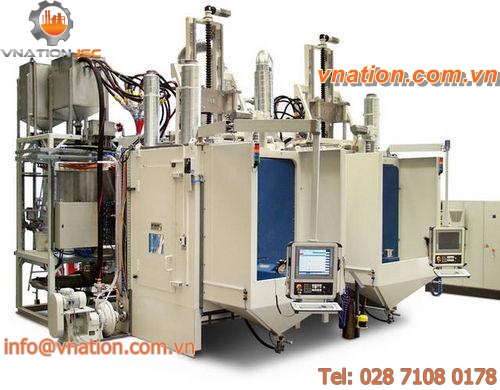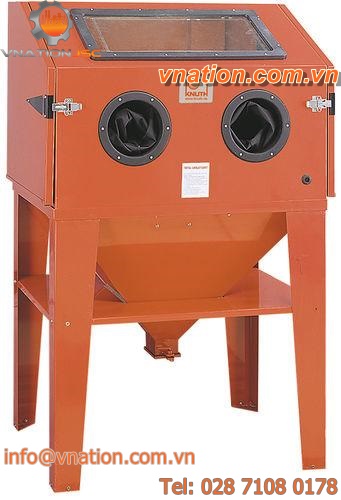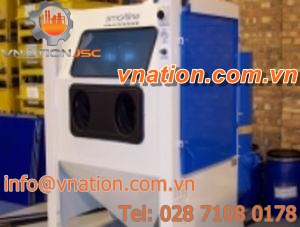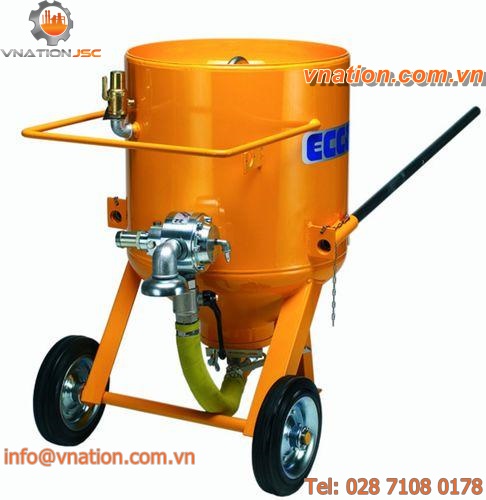 coating line
coating line
PLURITANK
Vnation JSC
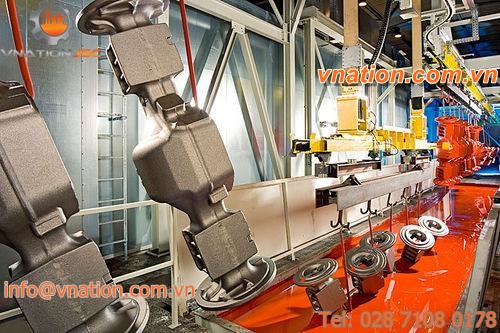
-
Options:
dip
Dipping / ADP / CDP
Immersible objects can be painted economically with the aid of dip painting. Rapid and complete wetting takes place by the immersion of the workpieces. By comparison, electrophoretic coating is more complex, but it is more advantageous in individual cases.
ADP / CDP electrophoretic dip coating
Electrophoretic dip coating is a modern, efficient painting method and is used extensively in industry for the coating of metals and metallised plastic surfaces. In the electrolytic coating of components using direct current, distinction is made between cathodic dip painting (CDP) and anodic dip painting (ADP), depending on the polarity. The paint film is deposited onto the object surface from an aqueous paint dispersion by the effect of a DC current. In anodic dip painting (ADP) the article being painted is connected as the anode, while in cathodic dip painting (CDP) it forms the cathode. When current flows, the paint dispersion, which contains the ionically stabilised paint particles, coagulates in the acidic boundary layer (ADP) or alkaline boundary layer (CDP) and forms a paint film, which adheres well and is hard and resistant to corrosion after hardening.
Advantages:
High environmental friendliness due to the efficient application of water-soluble paints
Even and reproducible layer thicknesses
Good corrosion resistance
Good coverage even of complicated geometries as well as of cavities
High degree of automation









